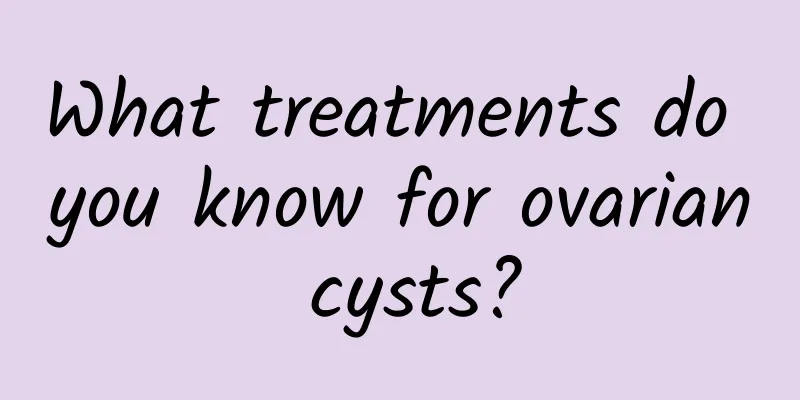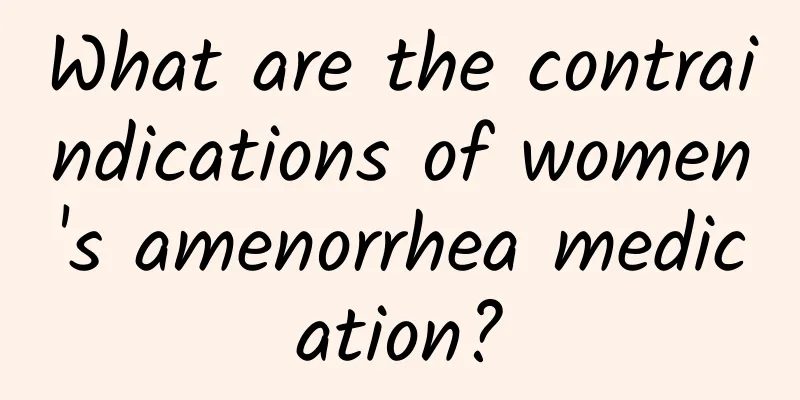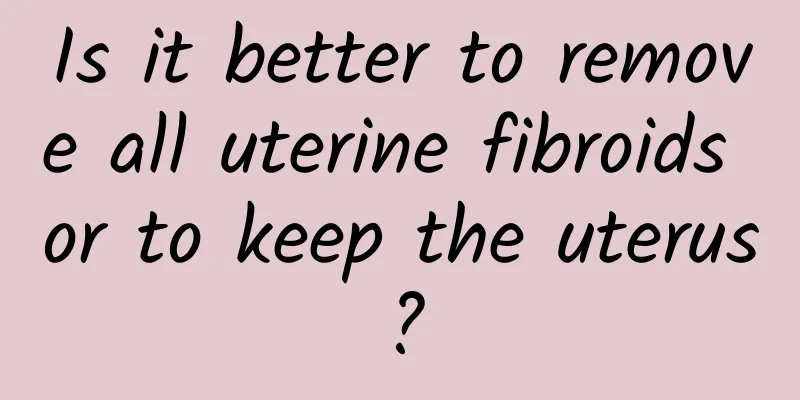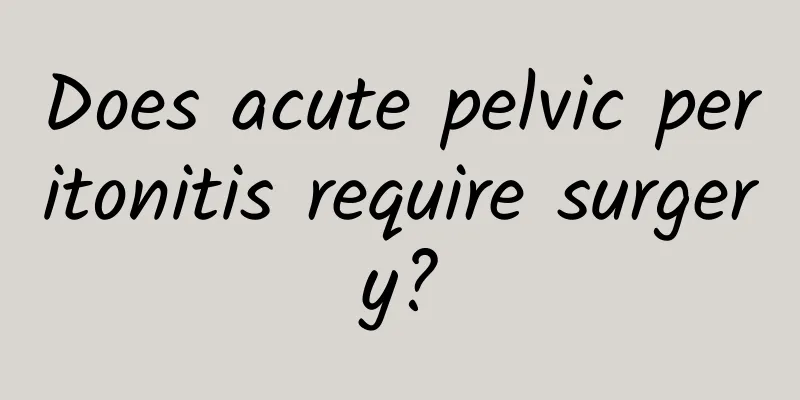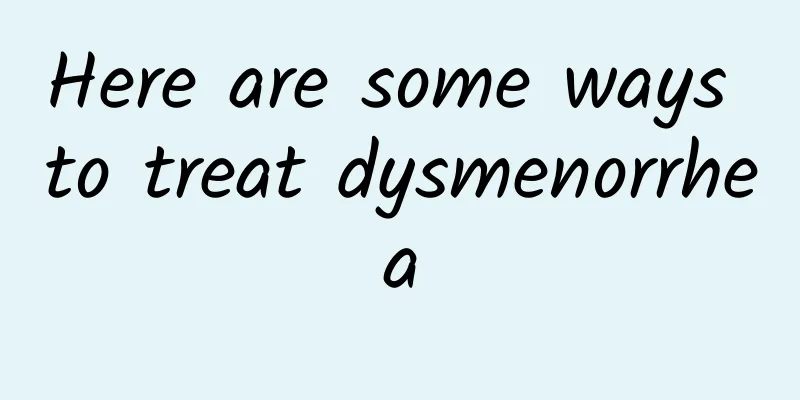Common treatment methods for uterine fibroids Conservative treatment methods for uterine fibroids

|
Uterine fibroids are a gynecological disease that has no obvious symptoms at first. Once it breaks out, the consequences are very serious. Therefore, many patients call uterine fibroids a "time bomb" and I don't know when this disease will break out. Generally, doctors recommend that women detect this disease early because early treatment will reduce the risk of multiple patients being more concerned about the treatment of uterine fibroids. The following are the treatments for uterine fibroids. The clinical treatments for uterine fibroids are nothing more than conservative treatment, surgical treatment and physical therapy. Conservative treatment mainly includes expectant management and drug therapy. Expectant therapy: The so-called expectant therapy is clinical observation, which does not require any drugs or other treatments. Gynecological internal examination is performed every 3 months, and B-ultrasound examination is performed. If the fibroids do not grow fast and have little effect on menstruation, it can be expected that the uterine fibroids will shrink with age and the decline of sex hormone levels. This situation is mainly suitable for patients over 40 to 50 years old, and they begin to experience menopause and mild clinical symptoms. Of course, for young fibroid patients who are unmarried or childless, patients without clinical symptoms can only choose this expectant treatment. Drug treatment: Drug treatment is suitable for young patients (under 40 years old), with small fibroids, fertility requirements, and regular menstruation. At present, I am afraid that this type of patients are the most contacted patients in clinical practice. Because patients do not want to remove the uterus too early, and worry that the rapid growth of fibroids will affect themselves, they are the most entangled part of patients with uterine fibroids. In fact, these patients have become the best population for drug treatment. Some patients are also most suitable for drug treatment, that is, patients approaching menopause. Because drug treatment can not only improve the menstrual conditions of these patients, but also promote their early amenorrhea. However, drug treatment can often only inhibit the growth rate of fibroids and reduce symptoms, and cannot fundamentally solve the problem. Therefore, if drug treatment is not ideal, minimally invasive or surgical treatment should be considered. Drug treatment includes both Chinese and Western medicine. Traditional Chinese medicine treatment: Use traditional Chinese medicine decoctions and Chinese patent medicines to regulate the patient's endocrine system and microcirculation in the body, regulate the management of qi, promote blood circulation, eliminate sludge, and eliminate uterine fibroids from the source. Because traditional Chinese medicine has few side effects and is easy for patients to accept, treatment can be started when uterine fibroids are found. However, the effect of traditional Chinese medicine is relatively slow, and the medication time is usually longer. Patients should be prepared for a "protracted war". Western medicine treatment: Generally only suitable for menopause, menstrual disorders, and no malignant changes in the endometrium, such as the commonly used methyltestosterone and goserelin. In recent years, some people have used mifepristone to treat uterine fibroids, and it is said that the effect is also very good. Surgical treatment: This has always been the most traditional and effective method for treating uterine fibroids, but it is also the most difficult for patients to accept. Generally speaking, since uterine fibroids are tumors, it is natural to remove them surgically. However, uterine fibroids have their own particularity, that is, their low malignant rate and high recurrence rate. The low malignant rate allows patients more time to choose treatment methods, while the high recurrence rate requires those who try to keep their uterus to take greater risks. As for when to perform surgery, different patients have different requirements, and it is difficult to generalize. |
<<: Can uterine fibroids be cured directly? The best treatment for uterine fibroids
Recommend
Is cervical erosion hereditary?
Cervical erosion is not hereditary. It is caused ...
How to treat premature ovarian failure better
The emergence of premature ovarian failure will m...
Get rid of arm fat with this trick! Lazy beauty exercise to increase muscle firmness
When the weather is hot, you want to wear a well-...
What precautions should be taken in daily life regarding cervical hypertrophy?
What precautions should be taken in daily life fo...
Lower abdomen protrusion and lower back pain may be caused by hunchback. 2 exercises to stretch the fascia to improve
Do you also have the habit of hunching over? Do y...
Summer is here, do you want to show off your slim figure? Nutritionists teach you how to start by supplementing protein and controlling calories in your diet!
The hot summer is here, and the sleeves and pants...
Can I eat mangosteen after a miscarriage? It is recommended not to eat it
Abortion itself is a kind of harm to the female b...
Detailed explanation of common causes of acute pelvic inflammatory disease
In today's society, women are under increasin...
The main things to note about cervical hypertrophy in daily life
There are many reasons for cervical hypertrophy, ...
Can’t resist snacking? Switching to almonds can help you lose weight and stay healthy
What should I do if I want to lose weight but can...
How much does it cost to extract uterine fluid?
How much does it cost to extract uterine effusion...
What to do if you discover ovarian cysts during pregnancy? How to prevent them?
Ovarian cysts found during pregnancy should be ca...
Do some muscle exercises before running! Better fat burning effect
Running is one of the most effective exercises fo...
Does moderate cervical erosion require surgery?
Does moderate cervical erosion require surgery? W...
Help everyone understand the common treatment methods for irregular menstruation
Don't panic after suffering from irregular me...
